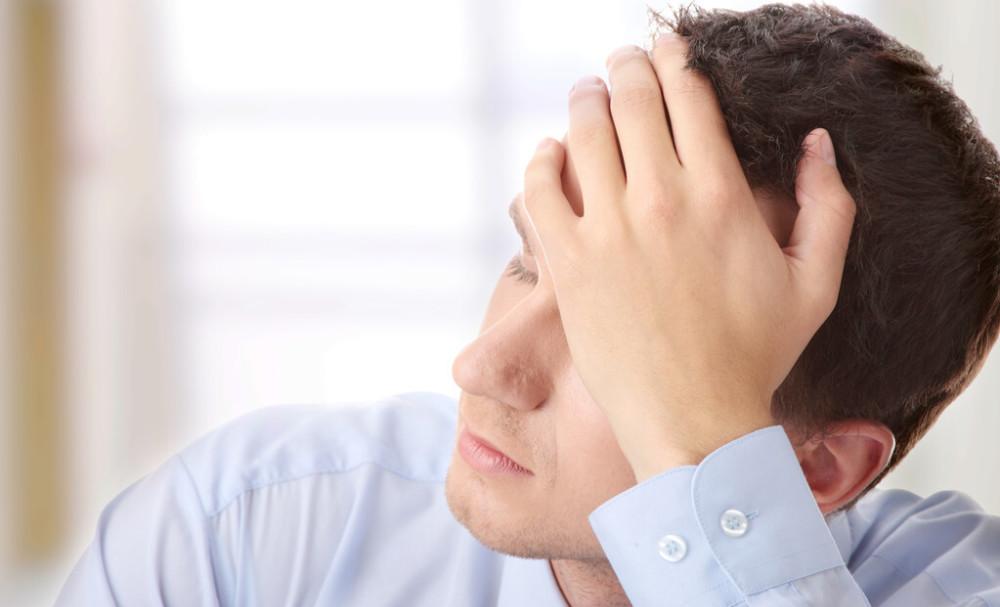People with depression develop depressive symptoms almost every day for at least two weeks and may recur throughout their lives. We can further subdivide depression into several specific types:
Seasonal affective disorder
Seasonal affective disorder occurs during specific seasons of the year — usually winter — caused by a decrease in natural sunlight.
Atypical depression
The biggest difference between atypical depression is the emotional response. When something positive happens, people with this depression will see an improvement in their mood.

Bipolar disorder
Bipolar disorder, also known as manic depression, involves alternating between depressive episodes and extremely high energy.
Psychotic depression
Psychotic depression occurs when a person experiences such a severe depressive episode that they begin to have false fixed beliefs (delusions) or hear or see things that others cannot hear or see (hallucinations).
Postpartum depression
Postpartum depression occurs after childbirth. Mothers may feel alienated from their newborn babies or worry that they will hurt their children.
Premenstrual dysphoria
Premenstrual dysphoria is a severe form of depression that appears in the second half of the menstrual cycle.
Situational depression
Situational depression or adjustment disorder refers to depression triggered by a major life-changing event.
Persistent depression
Persistent depression used to be called dysthymia. It's a type of chronic depression — usually with milder symptoms — that can last a long time, sometimes two years or more. It can be described as feeling like you're living on autopilot.
How is depression different by age gender?
Women are more likely to think repeatedly (worry, pester, or restate negative emotions). Examples include negative self-talk, sudden crying, feelings of guilt, or self-blame. Women are also more likely to suffer from anxiety disorders along with depression, such as panic disorders, eating disorders, or compulsive behaviors.
Men with depression are more likely to exhibit irritability, anger, apathy, escapist behaviors (such as spending more time at work) or reckless behaviors (such as abusing alcohol or other substances).
Children and adolescents may sometimes exhibit hypersensitivity, social withdrawal, poor academic performance, frequent physical discomfort (such as headaches and stomach pains), or feeling incompetent and hopeless (such as they can't do anything or feel like everything is their fault).
Depression in older adults is often misdiagnosed or undertreated because their symptoms may be mistaken for other conditions (e.g., confusion caused by depression or memory problems may look like Alzheimer's disease), or they may think that their emotions are just an inevitable part of aging. For many people, sadness is not the biggest symptom of depression; rather, physical discomfort (soreness, worsening headaches) is usually the main symptom. Sleep problems, lack of motivation, neglect of personal care or hygiene, and attachment to death are other signs of depression in older adults.
The original text comes from Professor Rong Xinqi Psychology Hall, if you need to reprint, please pay attention to obtain permission and indicate the source. NextReading: "How Different Types of Depression Treatments Differ"